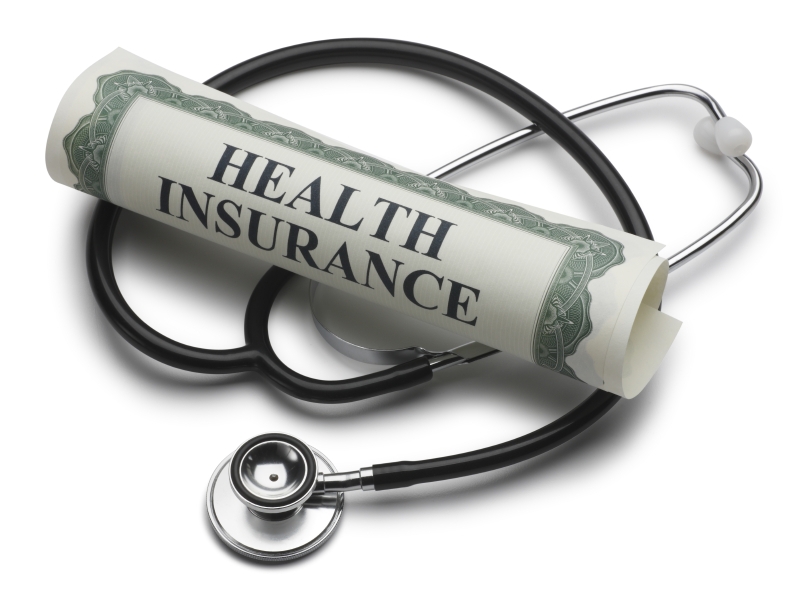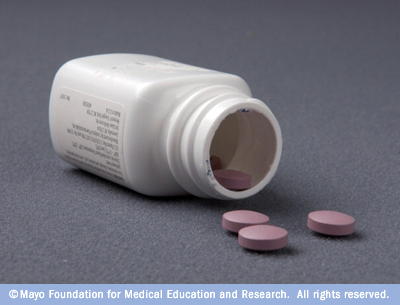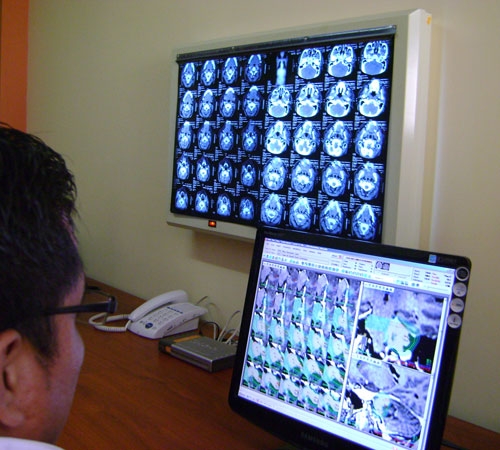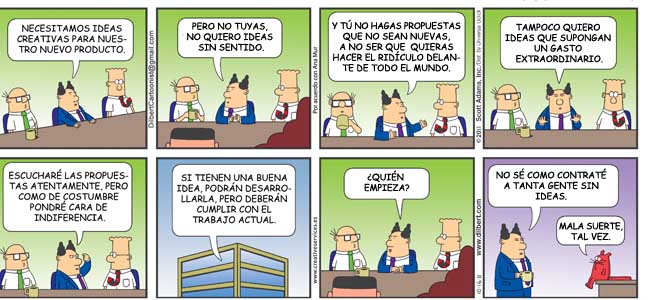Lleva meses para los bebés a aprender a sonreír, pero ¿Qué sucede cuando un bebé es prácticamente ciego? Leopold Wilbur Reppond, de cuatro meses de edad, de Seattle; sufre de albinismo oculocutáneo que deteriora gravemente la vista. Nunca había podido ver claramente a su familia, y sólo “vio” con las manos: conoció a su padre por la textura de su barba y sentía la cara de su madre al tocarla.
[adhide id=OiYn46sUbUI chance=100 visible=true visible_text=true mobile=true invert=false autoplay=false time=0 controls=true showinfo=true][/adhide]
Gracias a unas gafas especiales para niños de Miraflex, el pequeño Leo finalmente se le dio la oportunidad de ver.

Health Care, an Insurance Quest for Life
This celebrated past month of January was the final deadline to sign up for health insurance coverage for this year under the Affordable Care Act. Which has been a massive movement, since 2010. By the United States Government under Obama’s administration.
The protection of patients with affordable Care Act, also called Obamacare by the American media and Obamacare by the people speaking about it, was enacted into law by the President of the United States Barack Obama on 2010. Along with the health Care and Education Affordability as a reconciliation act in the same year, this law was the result of the reform program of health congress Democratic Party majority and the Obama administration at that time. And this January came to a final in its inscriptions for this year until fall leaving around 35 million Americans outside its benefits.
It isn’t a surprise that some Americans still don’t have a health care insurance. Despite aiming to insure everybody in the nation territory, the Affordable Care, has left significant blanks between the coverage, and the decisions taken by the law’s opponents have denied great benefits to millions of people as it was properly designed to help, and aid. But the new numbers reveal that most of the uninsured this past year, who are now a new bulge in this year numbers, were people who should, or could have been able to have access to insurance under the law.
Now this presents a major challenge in the present time for President Obama in the final years of his term if he feels like he needs to reverse this tendency of people being unattended, but it is also an opportunity for Insurance’s because: population across our land qualifies for the coverage but, for whatever reasons, they have not yet signed up for it. They probably feel like they haven’t had a better option to be inclined about.
The White House a couple times said. That it will focus on the next year’s enrollment push on the remaining uninsured. But the next year came and there is still a lot of people who simply did not do it.
It’s worth taking a minute to scope with a closer look at who those people who were uninsured.
The largest crowd of uninsured. An unbelievable 58%. Could be cataloged in three major parties, which were widely expected to have a high uninsurance rate:
-Immigrants, young adults and people in the so-called Medicaid gap.
Still it leaves a large number of 14 million patriots who don’t have insurance and don’t fall into any of these categories.
Who are they then, the uninsured exactly?
Even people earning six-figure salaries were more likely to be uninsured this being then, a problem of the Government of the United States for poor propaganda? Or what reasons may have this population to not register for this service? Could it been due to them living in a state that did not expand Medicaid? Or this may being a case in which there was significant crossover between those states? And then, the states that have ran health insurance exchanges, which were notoriously problematic in their first years are still in middle terms in which they do not fully agree? Additionally, many of these places have passed laws restricting whereas where this information can get, this laws applying within which people could educate the public about the health care law.
There are too much young adults
Leaving aside immigrants plus people in the gap, an estimated number of people without insurance is somewhere about 23 million Americans, more than a third of this population being young adults between the ages comprehended of nineteen to thirty four. Unlike the people in the past two categories, these guys weren’t excluded from the law’s benefits. In fact, these people are what the insurances like to call the young invincible: Simply because young people are generally healthier than older guys, so they are cheaper to insure. Insurers have to need a lot of them in order to sign up for a coverage however, also since because they are in their early working years, without a job or in jobs which do not offer any insurance.
Early predictions stated that the young and healthy wouldn’t sign up and insure for premium costs because they would be sky high costs. This did not come true even though not as many young adults signed up it as it was hoped. Uninsured rate mildly decreased for young people in a small percentage from 2013 to 2014, being a tendency along 2015.
The numbers claim that young men, might be less likely to seek regular medical care. Women, on the other hand are more proficient, and always try to be prepared for what is coming next. Men have failed to see the insurance as worth the cost. As something to expect poorer young adults had higher uninsured ratings, last year the penalty for not having heath insurance was $395 or 2 percent of house income, choosing which was higher and might have seemed like a better option for people without health problems to pass who were earning low wages at the time. In previous surveys of ACA, a small percentage of uninsured young adults said they did not need the coverage, but a way much larger number on the other hand indicated that it was just too expensive.
So, how affordable is in reality the affordable Care Act?
For lots of young adults, insurance may have been unaffordable. And still is unaffordable for people even taking into account the people living in the Gap states. Where a lot of people uninsured young adults, are making way less than an annual income of $25,000 per year, making an uninsured estimated rate of people of 22.4 percent of the population without insurance.
Unsurprisingly, insurance rate is particularly costly for those who do not work. Novelty right? But, even among those who did have jobs last year, it was high in comparison with other society groups, mostly because young adults often work in places that don’t offer coverage at all.
























